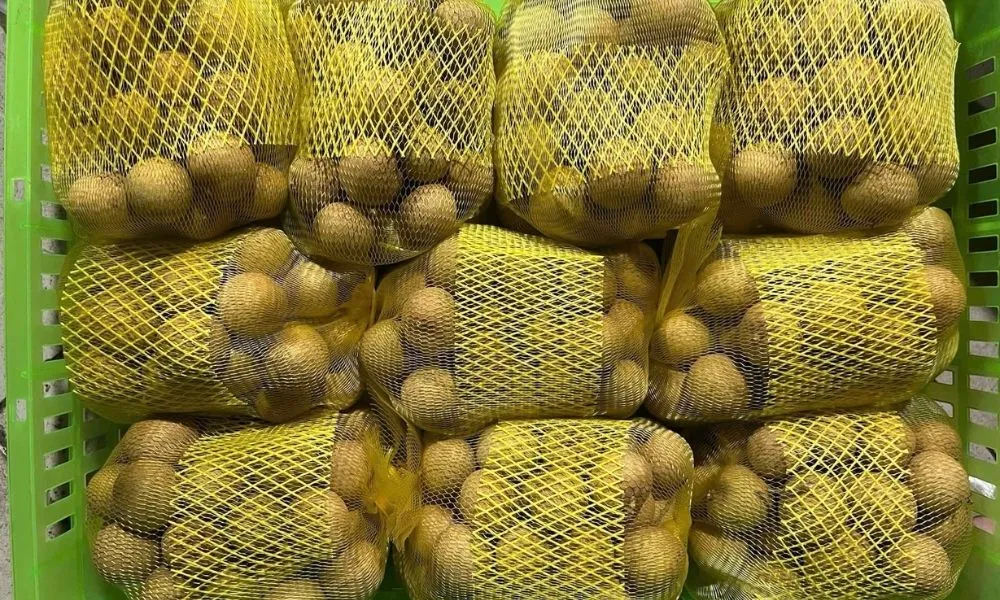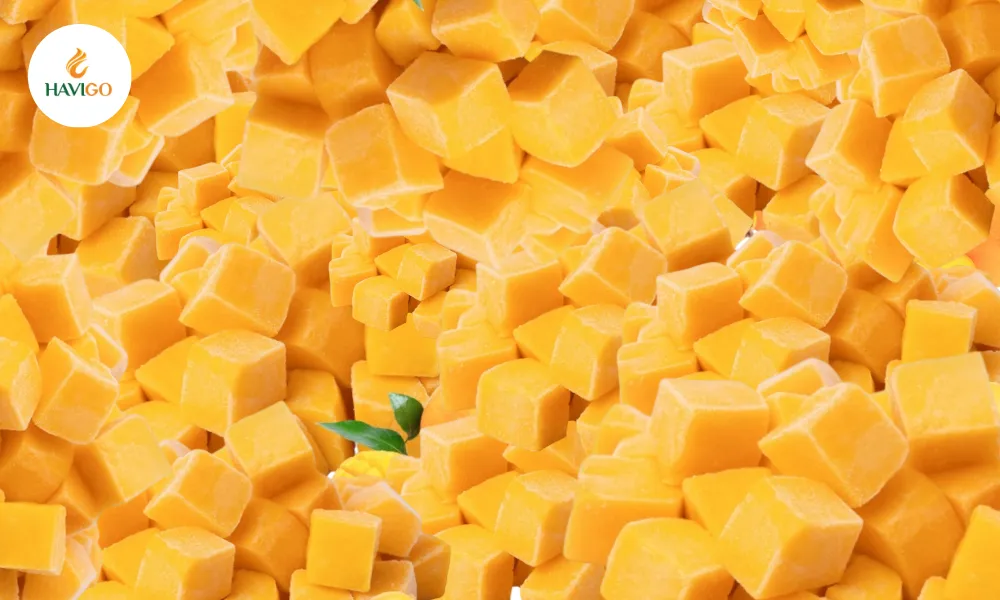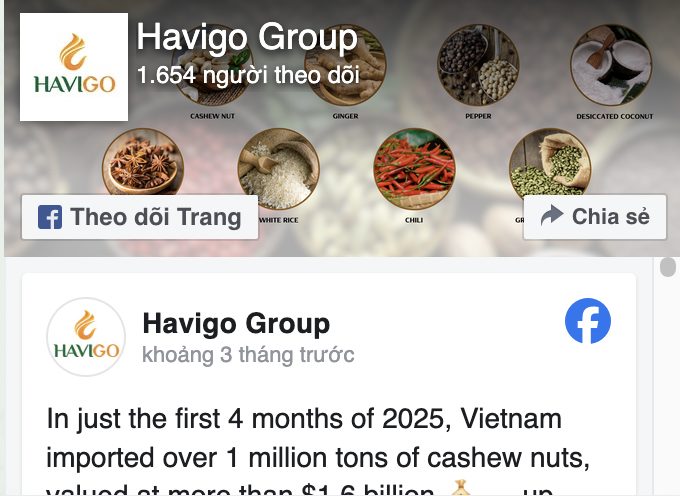For thousands of years, white rice has always been a daily food in many cultures around the world. Its versatility, affordability, and long shelf life have made it a staple grain for centuries. Although small in size, rice can feed billions of people, providing enough energy for daily activities. So, what does white rice contain in terms of nutrients? Let’s find out the good and nutritional value of white rice in this post!
1. Carbohydrates in White Rice: Nutrients for energy source
White rice contains high carbohydrate content, which is one of its primary benefits. The bodies break down carbohydrates into glucose, which is the main source of energy for our cells and tissues. White rice can supply a valuable addition to the diet, particularly for those with active lifestyles or high energy demands. The research shows that 100 grams of white rice contains 28 grams of carbohydrates. It also provides about 130 kcal. Besides carbohydrates, 100 grams of white rice contains other nutrients for the body such as protein (2.7g), lipid (0.3g), sodium (1mg), kali (35mg) and so on.
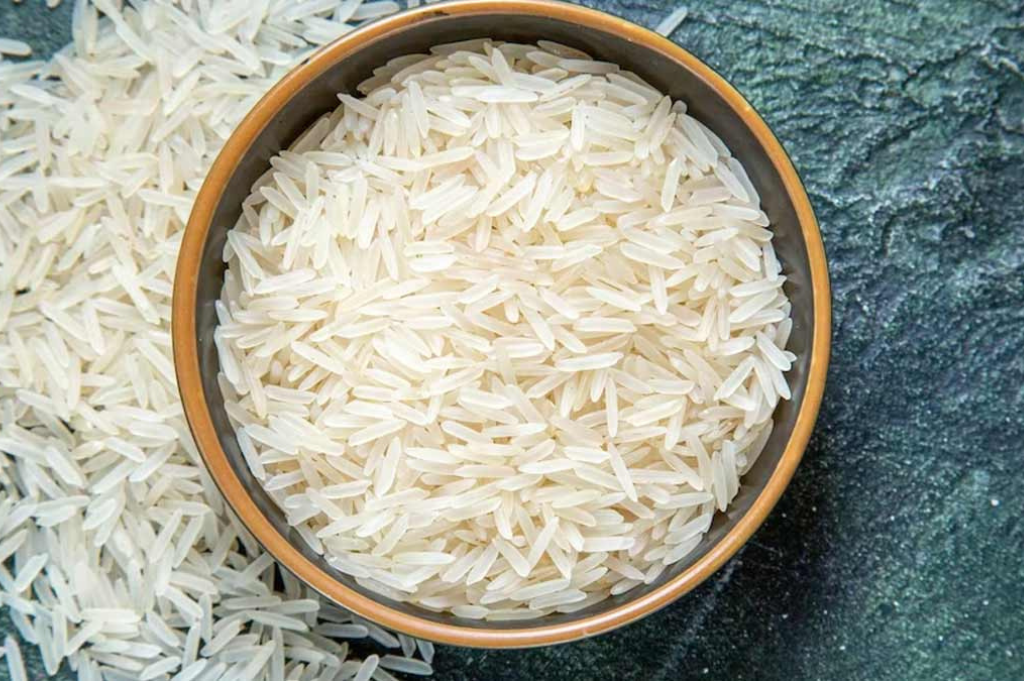
Here are some other benefits of the carbohydrates in white rice:
Easy to digest: White rice is low in fiber, and it’s gentler on the digestive system than whole grains like brown rice. This can be helpful for people with digestive issues or those recovering from an illness.
Gluten-free: White rice is a good option for people with celiac disease or gluten sensitivity.
2. Milling disadvantages
However, it’s important to know the drawbacks of white rice. The milling process that removes the outer layers also removes most of the fiber, vitamins, and minerals naturally in rice. Fiber is essential for gut health and can also help to regulate blood sugar levels. The lack of fiber in white rice can contribute to blood sugar spikes. It is a concern for people with diabetes or prediabetes.
Therefore, in many countries, white rice is enriched after milling. This enrichment process adds back essential vitamins and minerals, such as iron, folate, and B vitamins, that are lost during the milling process. This helps to ensure that people who rely heavily on white rice as a dietary staple can still meet their nutritional needs.
3. Variety and cooking methods
It’s important to note that the nutritional value of white rice can vary depending on the specific type of rice. For example, basmati rice is generally lower on the glycemic index than jasmine rice. Additionally, cooking methods can also affect the nutritional content. Brown rice retains more fiber and nutrients compared to white rice due to the presence of the bran and germ. ST25 rice is also a good source of essential nutrients like carbohydrates, protein, and fiber. Therefore, it is suitable for people with diabetes, both the elderly and children.
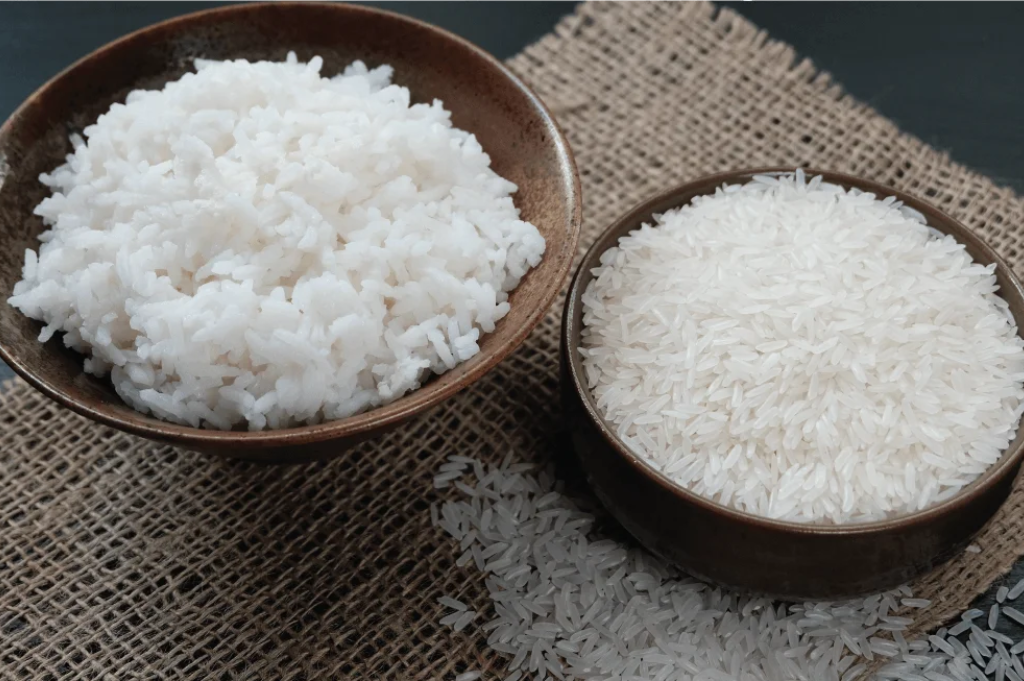
White rice can be a part of a healthy diet when consumed wisely with nutritious foods. To maximize the nutritional benefits, combine rice, whole grains, and other fiber-rich foods into your meals.
Havigo Company Limited operates in the field of agricultural export. We wish to bring high-quality Vietnamese agricultural products such as spices, rice, beans, and fruits… to the world. We supply you with high-quality products at the best price. If you find interest in importing Vietnamese White Rice, please contact us for better support via WhatsApp: +84 979 58 58 56.




